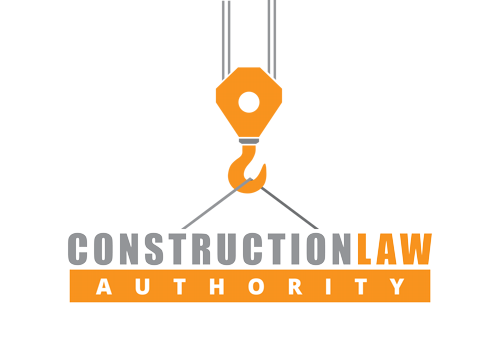 Like everyone else, your construction company is likely feeling the pressure of our prolonged economic downturn with no end in sight. Some states, but perhaps not yours, are starting to show small upticks in economic activity, possibly leading you to consider joining the tides of contractors looking for work in other states. As your company ventures into other territories, you apply your existing lien law knowledge to out-of-state projects. However, as your out-of-state job approaches completion, something goes horribly wrong. Perhaps there is a change order dispute with a sub who liens the project, causing the owner to withhold payment from you.
Like everyone else, your construction company is likely feeling the pressure of our prolonged economic downturn with no end in sight. Some states, but perhaps not yours, are starting to show small upticks in economic activity, possibly leading you to consider joining the tides of contractors looking for work in other states. As your company ventures into other territories, you apply your existing lien law knowledge to out-of-state projects. However, as your out-of-state job approaches completion, something goes horribly wrong. Perhaps there is a change order dispute with a sub who liens the project, causing the owner to withhold payment from you.
Naturally, you attempt to lien the project too. But the out-of-state lien law is drastically different than the one you know, resulting in an inadvertent failure to perfect your company’s lien rights. Even worse, your sub perfected its rights and was paid by the owner to satisfy their lien, so now you must defend the inevitable claim from the owner for sums paid to the lienor.
What went wrong? Your unfamiliarity with the out-of-state lien law gave your sub an unfair advantage when it perfected its lien for sums to which you believe it was not entitled. Your company’s ability to resolve the payment dispute was compromised by the loss of benefits otherwise provided by that particular state’s lien law. Unfortunately, this scenario happens all too often. As contractors expand their business into other states, they seldom consider the differences in lien laws from state to state.
Although lien laws differ significantly, most generally address the same topics – so, with a little advance research, you can learn about the most pressing provisions and perfect your company’s rights in the future. This is the first in a series of blogs that will list various subjects usually covered by lien laws that you should research in foreign states before you begin a construction job there. Today we will begin with differences in the protected class of lienors.


 In this third installment of my series of pitfalls in embarking on construction jobs in states in which you have not previously worked, we’ll consider differences between various state laws regarding preliminary lien notices and the claim of lien itself. First, the preliminary notices.
In this third installment of my series of pitfalls in embarking on construction jobs in states in which you have not previously worked, we’ll consider differences between various state laws regarding preliminary lien notices and the claim of lien itself. First, the preliminary notices.
 Like everyone else, your construction company is likely feeling the pressure of our prolonged economic downturn with no end in sight. Some states, but perhaps not yours, are starting to show small upticks in economic activity, possibly leading you to consider joining the tides of contractors looking for work in other states. As your company ventures into other territories, you apply your existing lien law knowledge to out-of-state projects. However, as your out-of-state job approaches completion, something goes horribly wrong. Perhaps there is a change order dispute with a sub who liens the project, causing the owner to withhold payment from you.
Like everyone else, your construction company is likely feeling the pressure of our prolonged economic downturn with no end in sight. Some states, but perhaps not yours, are starting to show small upticks in economic activity, possibly leading you to consider joining the tides of contractors looking for work in other states. As your company ventures into other territories, you apply your existing lien law knowledge to out-of-state projects. However, as your out-of-state job approaches completion, something goes horribly wrong. Perhaps there is a change order dispute with a sub who liens the project, causing the owner to withhold payment from you.